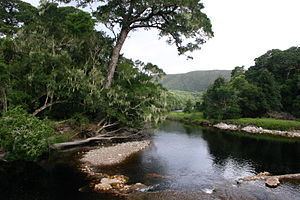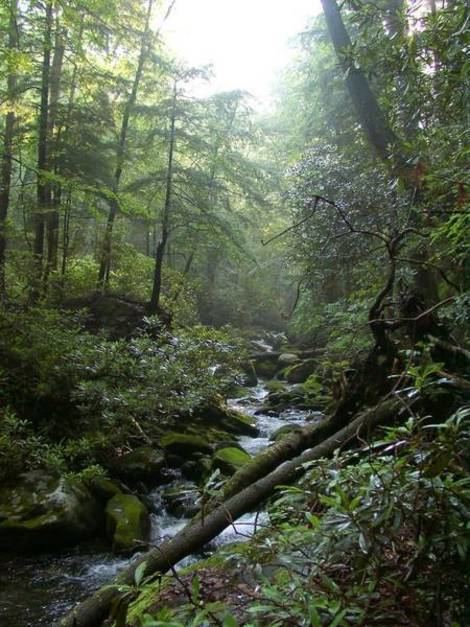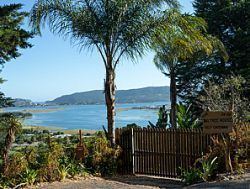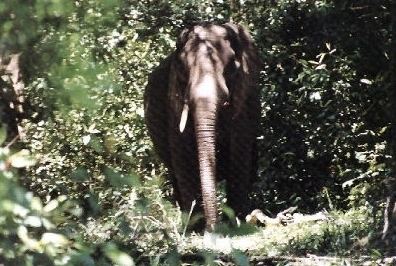 | ||
Similar Outeniqua Mountains, Buffalo Bay, Garden Route National, Tsitsikamma National Park, Brenton‑on‑Sea | ||
The Knysna-Amatole montane forests ecoregion, of the Tropical and subtropical moist broadleaf forests Biome, is in South Africa. It covers an Afromontane area of 3,100 square kilometers (1,200 sq mi) in South Africa's Eastern Cape and Western Cape provinces.
Contents
Setting
The ecoregion, which is South Africa's smallest in area, covers two separate enclaves.


The ecoregion has a subtropical/warm-temperate climate (Cfb in the Köppen climate classification). Rainfall occurs year-round, and ranges from 525 mm to 1220 mm per year in the Knysna forest, and from 750 mm to 1500 mm in the Amatole forests.
Flora

The trees are of tropical and afromontane origin, and include Ironwood (Olea capensis), Stinkwood (Ocotea bullata), Outeniqua Yellowwood (Afrocarpus falcatus), Real Yellowwood (Podocarpus latifolius), Cape Holly (Ilex mitis), White Pear (Apodytes dimidiata), Cape beech (Rapanea melanophloeos), Bastard Saffron (Cassine peragua), Cape Plane (Ochna arborea), assegai tree (Curtisia dentata), Kamassi (Gonioma kamassi), White Alder (Platylophus trifoliatus), and Red Alder (Cunonia capensis).
Fauna

The forests are home to African Elephant, African leopard, Bushbuck, Blue duiker, Bushpig and other mammals.The area has a rich assortment of birds including the near-endemic Knysna lourie (Tauraco corythaix), Knysna warbler (Bradypterus sylvaticus), Knysna woodpecker (Campethera notata), chorister robin-chat (Cossypha dichroa) and forest canary (Serinus scotops), while birds of prey found here include the crowned eagle (Stephanoaetus coronatus) and the African wood owl (Strix woodfordii). Reptiles include the endemic Knysna dwarf chameleon (Bradypodion damaranum).
Human use and conservation

Thomas Henry Duthie was the first appointed Supervisor of Crown Forests and Lands. Despite the small size of the ecoregion, the Knysna and Amatole forests are South Africa's largest individual forests. The Knysna forest has been exploited for valuable timber since the 18th century, and the Amatole forests since the 20th century. Since 1939 the forests have mostly been within protected areas and are recovering well, although managed timber harvesting is allowed.
